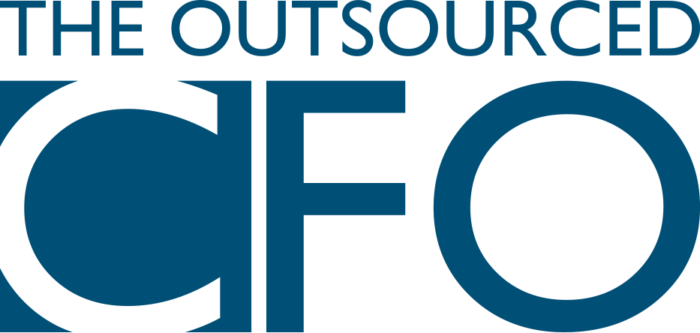
Do you know your cash gap?
Do you often find yourself in a situation where your business is profitable but you have no cash? There is a saying that profit is vanity and cash is a reality which can very true as profits and cash are two very different measures. When you raise an invoice, that’s profit. But it’s not a reality until someone pays you. Similarly, with suppliers, you receive an invoice which is an expense item, but until you pay that invoice you still have the cash. The time between when you have to pay suppliers compared to when you get paid by customers called the “cash gap” pay you. This represents what working capital funding requirement your business needs.
Let’s look at an example of a retail business that imports manufactured goods from overseas. Initially, they need to place an order with the manufacturer. The manufacturer may require a deposit upfront and will usually raise an invoice when the goods are ready to ship. You may get 30-day payment terms or they may require payment before shipping. The goods may take 8 weeks to arrive in your warehouse. You may take a further 8 weeks to get those goods into retail stores and for the retailer to sell them. The retailer may have 60-day payment terms.
When you add all that together the time between when you have to pay the supplier and when you get paid by the retailer, the Cash Gap is 16 to 20 weeks. Whilst you may able to finesse this timeline, that is fairly typical for this type of business. What this means is that you will need to have funding to cover the supplier payment, along with any wages or overheads, until you receive payment. That’s one-third of the years’ profits potentially tied up in funding!
If we continue the example, the business would need to have several orders with various manufacturers at any one time to be able to generate regular sales. These orders will all need to fund. Businesses of this type, especially as they are expanding will be constantly reinvesting any cash in new orders to grow sales. During a growth phase, supplier payments increase putting pressure on cash resources until the cash for that product is realised through sales.
Let’s take another example of a professional service business. These businesses pay staff, rent, marketing and a few other overhead costs. They don’t have suppliers where they order goods, however, staff has to pay every month and many of the overhead and rent expenses are on 7-day terms. When they invoice customers, payment terms are usually 4-8 weeks. In this type of business, the Cash Gap is much less, up to 8 weeks. There is usually more leverage to bring customer payment terms down so the Cash Gap could be as little as 4 weeks.
If we assume in the two examples both businesses are profitable, the first example has a greater funding requirement than the second example. This is something that these businesses, especially in the start-up phase, overlook and then find themselves running out of cash or not being able to fund marketing programs to drive sales. Once established, things do level off as profits reinvested in the business start to fill the funding gap.
These examples highlight the importance of cash flow forecasting. To ensure the business can survive, it needs to understand its cash gap and have a real-time cash forecast of purchase and sales orders. The cash flow forecast measures timing differences between profit and cash. It measures when the cash comes in and the cash goes out so that the business can understand its funding requirements early in the equation when it places its supplier orders.
Apart from the funding, the cash flow forecast also provides the business with certainty when there is surplus cash available. If the business is profitable, there will come a point where the profit margins more than cover the cash outlays and the business can utilise that cash for other purposes. The business may wish to upgrade its equipment. Without the certainty of the cash position, there can be some risk around using the cash in the business if we are not sure whether that cash will be required to fund the working capital cash gap and growth. Similarly, if the business is looking to pay a dividend to its shareholders and provide them with some return, we need certainty around the cash position so the business can confidently make that decision.
Understanding the cash gap is fundamental towards building any business model. Having tools and information to measure cash in the business is also something that can’t overlook. The cash flow forecast provides certainty around cash flow. So the business can make those decisions with confidence and not caught out.
ABOUT BRIAN DOUGHTY
Brian Doughty is the founder of the outsourced CFO which is a part-time CFO service for small to medium-sized businesses. Brian’s experience in large corporate and small businesses is unique. Also it has enabled him to develop a simple to understand set of tools that will help business owners engage staff, monitor performance and achieve their goals.
